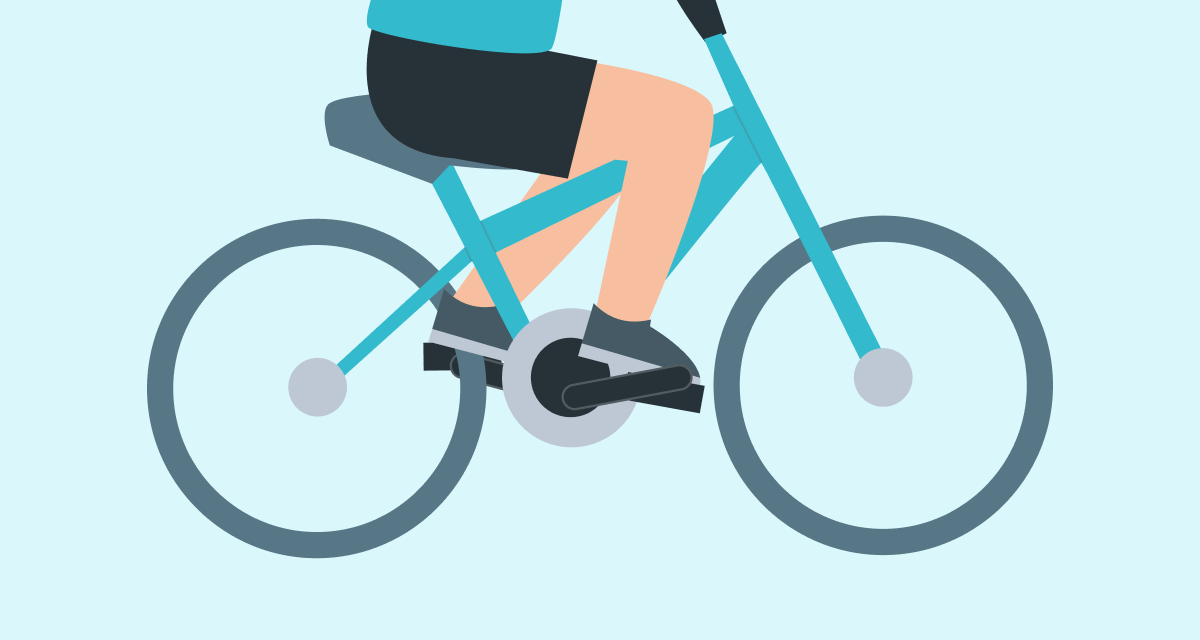How Active Should a 7–12-Year-Old Be?

Between ages 7 and 12, kids grow quickly, both physically and mentally. Daily movement helps them feel better, manage emotions, and learn more easily. The key is to make physical activity a regular part of everyday life.
This article will guide you through how much activity your child needs, and how to make it fun and doable.
Why Daily Movement Matters
When a child spends a lot of time studying or sitting, movement becomes even more important. Physical activity supports not just the body, but also the brain—boosting memory, focus, and mood.
It also helps:
- Strengthen the heart, lungs, muscles, and bones
- Maintain a healthy weight
- Improve posture and coordination
- Lower anxiety and lift mood
- Build confidence and shape self-esteem
- Improve attention, memory, and school performance
How Much Activity Does Your Child Need?
According to the World Health Organization, children ages 7–12 should get:
- At least 60 minutes of moderate to vigorous physical activity daily
- At least 3 days a week of activities that strengthen muscles and bones
How to Fit Movement Into Everyday Life
Being active doesn’t mean joining a team or playing competitive sports. Even without organized activities, kids can move in fun, natural ways every day—at home, on the way to school, or just playing outside.
Examples of physical activity:
- Brisk walking or family walks
- Riding a bike or scooter
- Running
- Dancing or swimming
- Playing sports like soccer, basketball, badminton, or tennis
- Climbing, jumping, or using playground equipment
- Walking to school
- Playing tag or games with friends
- Walking the dog
- Helping around the house or in the garden
- Taking the stairs instead of the elevator
- Family hikes or park outings
Let your child choose what they enjoy, whether it’s dancing, biking, or tossing a ball around. The most important thing is that it’s fun. Support their interest, even if it’s different from what you’re used to.
What to Watch Out For
A sedentary lifestyle is one of the biggest threats to children’s health. The more time they spend sitting, the higher the risk of weight gain, reduced endurance, and low mood.
It’s especially important to make sure screen time isn’t replacing physical activity. Instead of endless scrolling, suggest a walk, a backyard game, or a quick household chore—anything that gets them moving and boosts their energy.
Family Support Makes All the Difference
Kids follow our lead. If we move, they’re more likely to move too. Go for walks together, ride bikes, or have a dance party at home. It’s good for your child and for you.
Let movement become a source of joy, confidence, and energy for your child—a little at first, and eventually, every day.
References:
- Physical Activity Guidelines for School‑Aged Children and Adolescents, U.S. Department of Health and Human Services, CDC, 2024
- Physical activity guidelines for children and young people, NHS, Великобритания, 2021
- 2020 WHO guidelines on physical activity and sedentary behaviour, World Health Organization, 2020
Проверьте электронный ящик



















